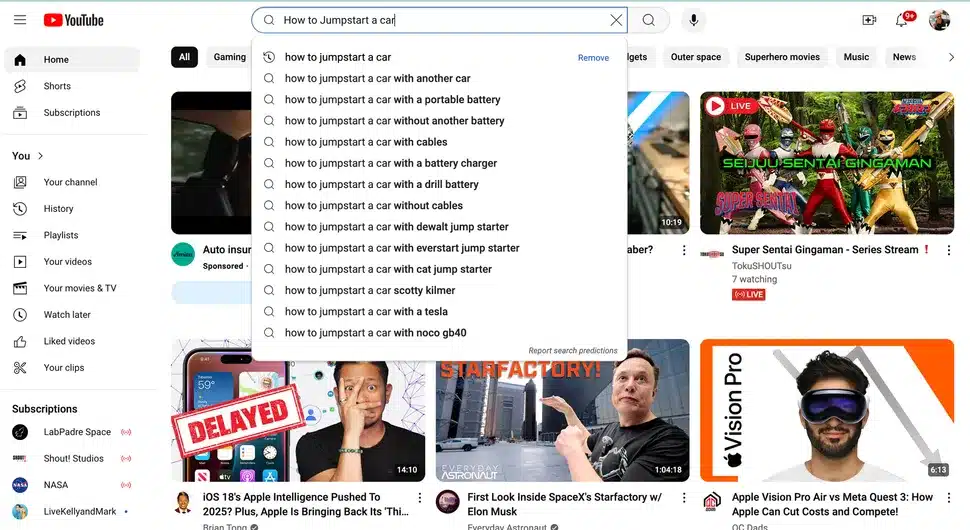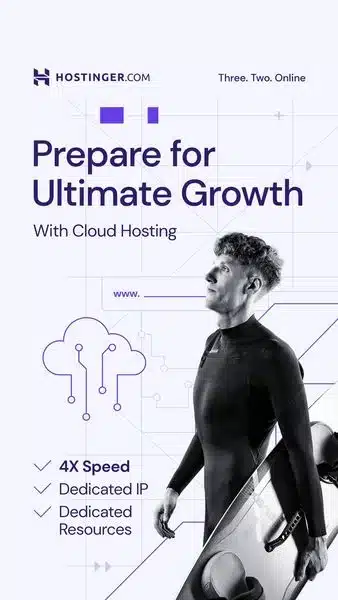In the evolving landscape of information retrieval, AI-powered tools like ChatGPT have become invaluable for quick and detailed responses. However, despite their advanced capabilities, they have yet to surpass the effectiveness of platforms like YouTube when it comes to answering a wide range of user queries. This article delves into the reasons behind this phenomenon and what it means for the future of AI in information dissemination.
The Rise of AI in Information Retrieval
Artificial Intelligence has revolutionized the way we access information. ChatGPT, developed by OpenAI, represents a significant leap in natural language processing, enabling users to receive detailed and contextually relevant responses in real-time. Its ability to understand and generate human-like text makes it a powerful tool for answering questions, providing explanations, and even engaging in conversations on complex topics.
The Visual Advantage of YouTube

Despite these advancements, YouTube remains a dominant force in the realm of information retrieval. One of the primary reasons is the platform’s inherent visual advantage. Videos can demonstrate processes, show step-by-step tutorials, and visually explain concepts in ways that text alone cannot. This visual component is particularly valuable for learning tasks that require visual aids, such as DIY projects, cooking recipes, or technical repairs.
The Power of Demonstration
For many users, seeing a process unfold visually is more intuitive and easier to follow than reading about it. YouTube’s ability to provide demonstrations, combined with the creator’s personality and instructional style, creates a more engaging and effective learning experience. This is something that AI-generated text, no matter how sophisticated, cannot replicate fully.
Community and Creator Trust
YouTube’s vast array of content is created by a diverse community of creators, each bringing their unique expertise and personality to their videos. This personal touch fosters a sense of trust and connection between the viewer and the creator, enhancing the credibility of the information being presented. In contrast, while ChatGPT provides accurate and comprehensive answers, it lacks the human element that can make the information more relatable and trustworthy.
Search and Recommendation Algorithms
YouTube’s sophisticated search and recommendation algorithms also play a crucial role in its effectiveness as an information resource. These algorithms not only help users find relevant videos quickly but also introduce them to related content they might find useful. While ChatGPT can provide direct answers to queries, it does not offer the same breadth of discovery that YouTube’s ecosystem facilitates.
The Interactive Learning Experience
Another key factor is the interactive nature of YouTube. Users can leave comments, ask follow-up questions, and engage in discussions with the video creator and other viewers. This interactivity adds another layer of depth to the learning experience, allowing users to clarify doubts and gain additional insights. ChatGPT, while interactive in its own right, lacks the community engagement aspect that enriches the information retrieval process.
The Future of AI and Information Retrieval
While ChatGPT and similar AI tools continue to improve and play a vital role in information dissemination, they currently complement rather than replace platforms like YouTube. The future likely holds further integration of AI into multimedia platforms, enhancing the user experience by combining the strengths of both text-based and visual learning.
















